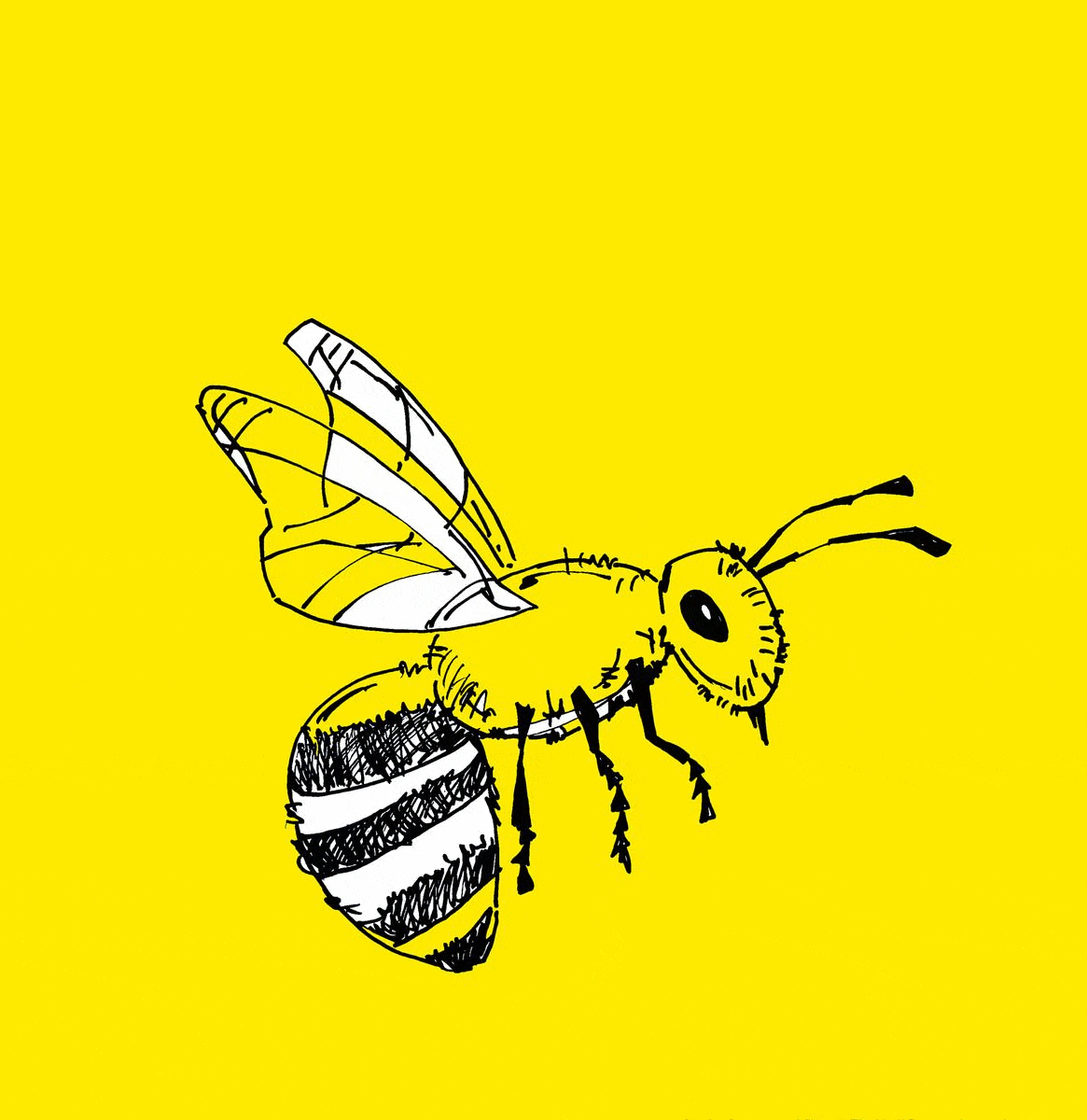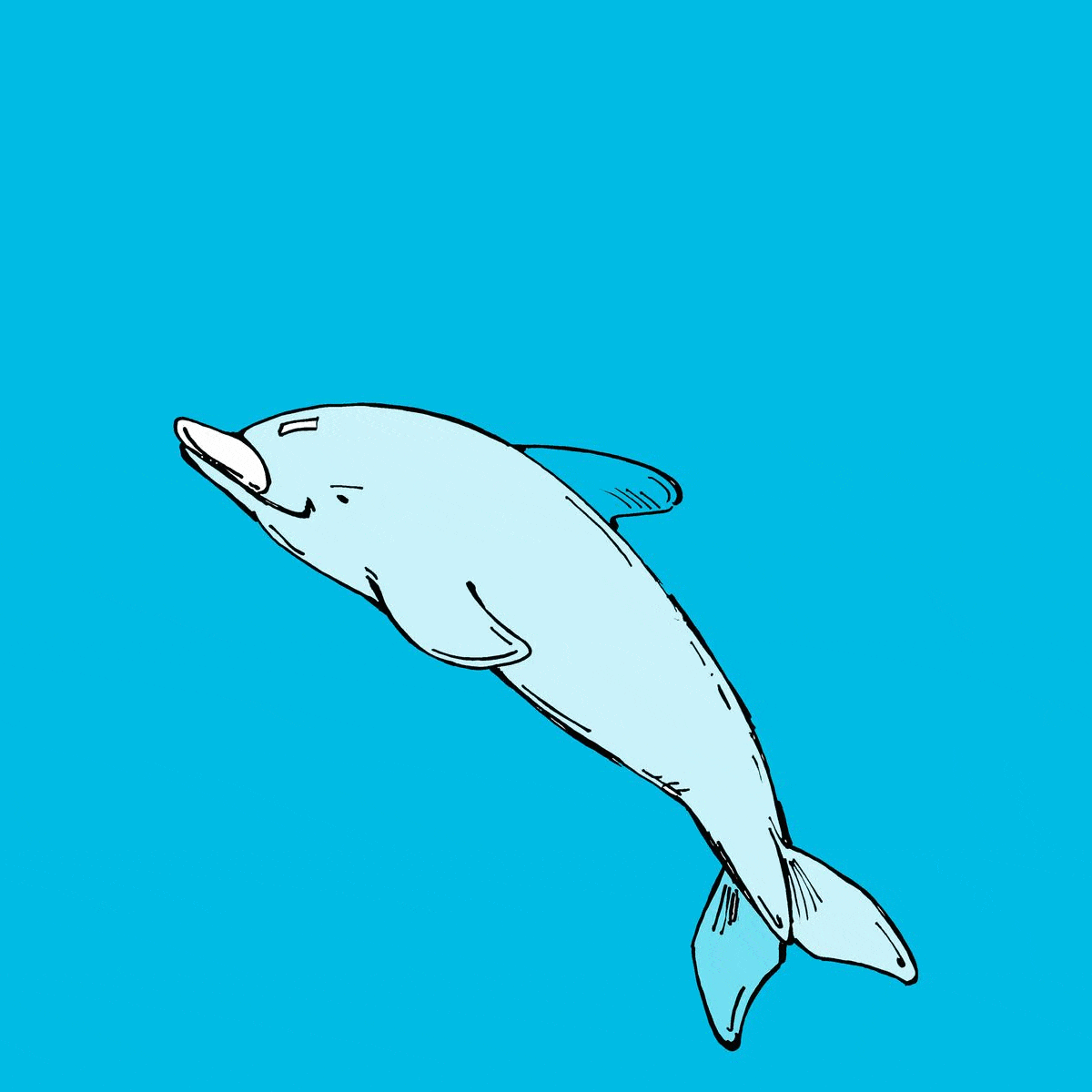Animal Smarts
by Paul Fraumeni
It’s a moment that has captivated viewers enchanted by the Oscar-winning documentary My Octopus Teacher. At the bottom of the ocean off the west coast of South Africa, a female octopus that filmmaker Craig Foster has been following reaches out a tentacled arm and wraps it around his wrist.
After months of human and animal observing each other, it feels to the viewer as if the octopus is making a friendly, almost caring, gesture.
But York’s Kristin Andrews isn’t quite sure.
“We know almost nothing about the emotions of octopuses, so it’s premature to say that we understand what that gesture actually means,” says Andrews, a professor of philosophy and cognitive science, who was recently named a Fellow for the new Future Flourishing program administered by the Canadian-based CIFAR global research organization.

As opposed to trying to establish a relationship, she adds, “that octopus might have been wanting to taste human skin to see if it would be a good treat. We just don’t know.”
Regardless, in her opinion the octopus was feeling something, making the gesture all the more intriguing to observe.
That ability to feel – such as an emotion (like love) or a sensation (like pain) – is called sentience, and it is a marker of animal intelligence, which is what Andrews studies in her role as York Research Chair in Philosophy of Animal Minds.
What we should really be doing is just start with the assumption that all animals are sentient in order to do a better job at developing a theory of consciousness
For a living being to be declared sentient is not something easily handed out by the science world. Vertebrates – creatures with a backbone (including humans, other mammals, birds, fish and reptiles) – have long been thought to be sentient. But scientists have been leery of saying invertebrates are too. This includes insects, sponges, crustaceans, spiders, and cephalopods, the class of animals that includes the octopus. If they are not sentient, the thought went, they could not feel pain, and so could not be harmed. But in a paper published in Science last year, Andrews and Frans B.M. de Waal (of Emory University) argue that there is evidence that all animals – vertebrates and invertebrates – are sentient.
Are there distinctions that we could make about, say, different types of consciousness
“What Frans and I were doing in the Science paper is saying there’s no scientific reason to stop at vertebrates. In fact, we can see the same sort of evidence across the animal species, and what we should really be doing is just start with the assumption that all animals are sentient in order to do a better job at developing a theory of consciousness.”
Take, for example, honeybees – they are invertebrates and lack the nerve receptors that vertebrates have. But a behavioural research tool called the cognitive bias test has shown that bees can make decisions based on their environment and what they feel in terms of emotions.
In the experiment, when bees were subjected to vigorous shaking to simulate a predatory attack, they proved less willing to explore new tastes, and the bees’ levels of the hormones hemolymph dopamine, octopamine and serotonin decreased. In humans, this would indicate anxiety or depression.

The Science paper goes on to note that there is increasing evidence that non-human animals can feel the very human emotion of empathy. Cows, for instance, may be distressed by seeing their calf in pain.
There is indeed a lot more going on in the minds of animals than we might think.
Rats laugh – Andrews says they enjoy being tickled. Elephants have a sophisticated cultural system embedded into their lives, where every member plays a role in keeping the herd alive. When a male adult – who has the job of keeping young ones in line – is killed, young elephants often go on rampages that damage villages. And when dolphins appear to smile, it’s actually a warning that they are about to bite you. This is a lesson Andrews will be teaching nine York students she is taking to Honduras this summer for a course on dolphin communication.
The mounting evidence of advanced emotions, Andrews argues, supports adopting the position that all animals should be considered sentient.
Being able to understand the complexities of the animal mind is helped by the seemingly odd pairing of philosophy and science.
“Science seeks objectivity, but it is also a thing that’s done by human beings. And human beings have points of view. We have interests, ways of conceptualizing questions. Philosophers are able to get at these basic assumptions of the science and say, ‘This is a perspective that you’re taking on your question. And there’s another perspective you could take on this question as well.’ Are there distinctions that we could make about, say, different types of consciousness that would offer us more refined ways of testing?”
If an animal is sentient, what sort of ethical responsibilities do we have toward them?
She notes that when she says an animal is sentient, people wonder if she is saying it can’t be killed and eaten by humans. But that is not the point.
“The question should be ‘If an animal is sentient, what sort of ethical responsibilities do we have toward them?’ That’s why we have animal welfare law, which tells us what we should be doing and should not be doing in our treatment of other creatures.”
And with that philosophical framework, she believes we can view animals in a kinder way.
“I want to encourage people to appreciate the perspectives of all kinds of animals, right? The ugly ones, the small ones, the lice that live in your hair sometimes. I’d like us to appreciate that they also have a job to do. They’ve got their way of living, and we’re just another animal among those animals on this planet.” ■